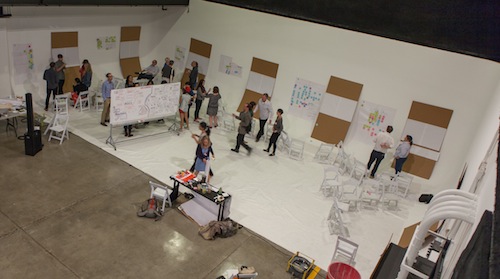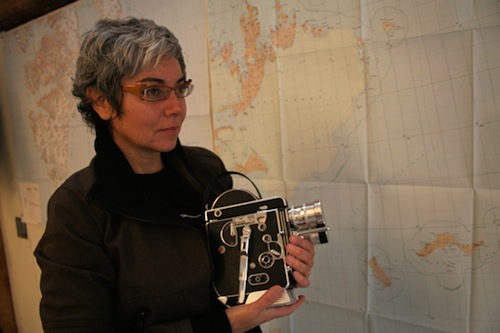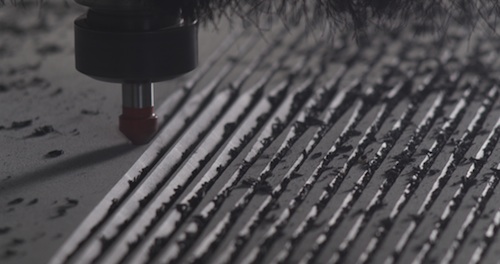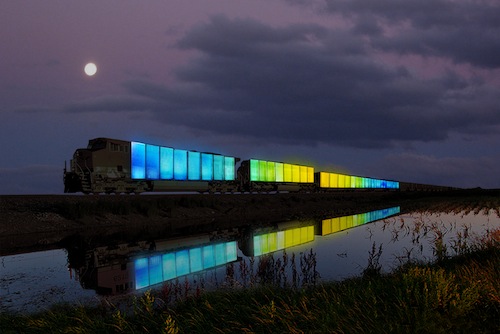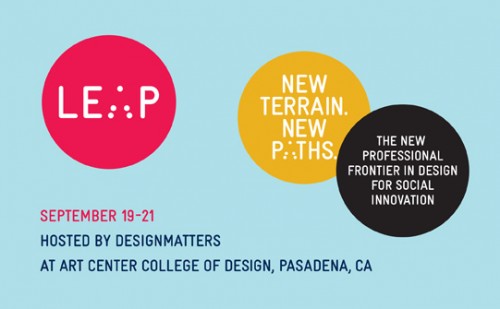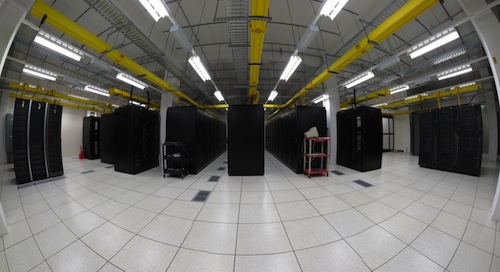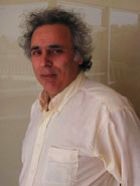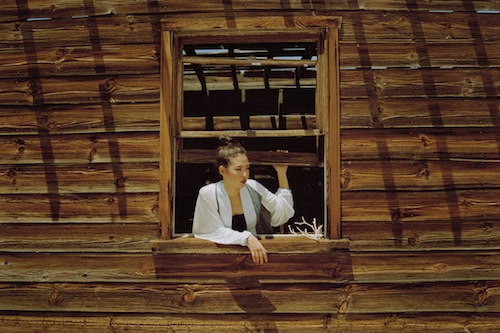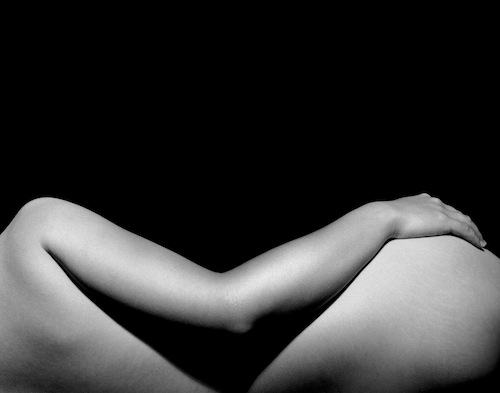
by Dave Koga
The best way to understand the essence of Art Center is by paying a visit to Pasadena and getting to know some students. The quickest (and cheapest) route, however, is to travel to our recently refreshed “Students” page where you’ll find a mosaic of Polaroid-style snapshots of unfamiliar faces, containing inspiring Q&As about each student’s creative journey.
Over the next few weeks, we’ll be rolling out a series of deeper dives into the creative lives of those profile subjects, with highlights from the body of work they’ve produced at Art Center. Today’s installment looks at the winding path that landed Dave Koga in the Photography and Imaging Department of Art Center.
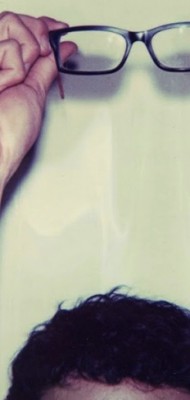
Self-portrait by Dave Koga
Why did you choose Art Center? I came to Art Center after leaving a 10-year career in the entertainment industry, where I served as a TV development executive. I have a prior degree in history and art history from UCLA. I have several friends who graduated from Art Center around the time that I graduated from UCLA. I’ve spoken to them a lot over the years about the Art Center curriculum and the quality of instruction and their collective feedback has been extremely positive. When I made the decision to change careers, Art Center was naturally my first choice.
Biggest creative challenge/breakthrough you’ve faced while at Art Center?
I’ve always been a rational and somewhat linear thinker who relied on logic and intellectual analysis to solve problems. While this mode of thinking served me well in the corporate world, I found it often got in the way of the creative process when I started at Art Center. Learning how to rely more on intuition and observation when faced with creative problems was the biggest challenge and/or breakthrough I’ve faced while at Art Center. I credit two instructors—Ken Merfeld and Mark Wyse—with helping teaching me how to trust and rely upon the intuitive side of my brain. [For more on this, check out Wyse’s essay on repression and creativity.]
What are your most reliable and/or unlikely sources of inspiration?
Inspiration comes in all forms, shapes and sizes. That said, I find that my most reliable sources of inspiration tend to be music, poetry, painting and graphic design.
Who are your biggest creative influences?
My biggest creative influences include Gerhard Richter, Mark Rothko, Ellsworth Kelly, Dan Winters, William Eggleston, Miles Davis and Frank O’Hara.
What do you hope to do when you graduate from Art Center?
My goal upon graduating from Art Center is to build a successful commercial architectural photography business that will generate enough income to fund my gallery-oriented personal projects.
